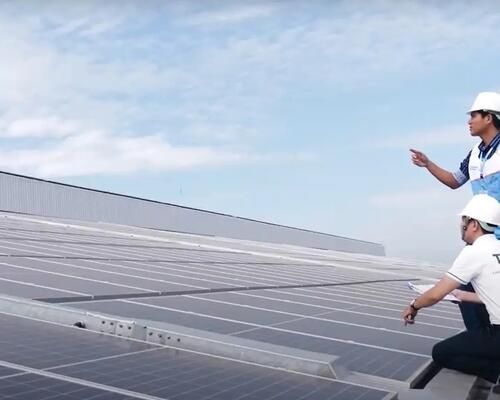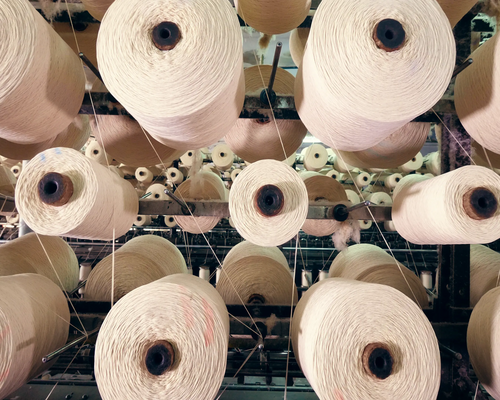The company is using its audit grid to verify five main areas:
1. Environmental risk governance: Suppliers must set up a robust governance system that enables the effective management of environmental impacts. The assessment covers management organisation, environmental policies, continuous improvement strategies and the supplier’s ability to detect and mitigate its risks through regular self-assessments and the implementation of corrective action plans.
2. On-site water management and industrial water treatment:
The volumes of water used must be controlled in accordance with the local legal framework and in such a way as to minimise the impact on the environment. Discharged industrial wastewater must also comply with both Decathlon’s requirements and local regulations. If there is a discrepancy between local standards and Decathlon’s specifications, the company applies the stricter rule.
3. Waste management: Suppliers must comply with Decathlon’s list of priority-risk substances; and monitor, separate, handle, transport and dispose of waste of all kinds with authorised partners. Suppliers are also expected to take continuous measures to reduce the waste they produce.
4. Air pollution: The release of fine particles (PM2.5 and PM10), harmful gases (NOx and SOx) and other types of gaseous pollutants into the atmosphere must be limited, and suitable filtration systems must be checked in the factories.
5. Decarbonisation: Suppliers must adopt a decarbonisation trajectory and align their practices with SBTi commitments to minimise and mitigate their climate impact.
These topics are evaluated in audits to reflect a situation at a given time, which makes it possible to identify short-, medium-and long-term improvements at the production site.
Decathlon requires its suppliers to obtain a score of at least C (on a scale from A to E), which means that the supplier performs basic management controls to avoid pollution on the site. If a supplier is assigned a D, it has up to six months to take corrective action and make improvements. This period corresponds to the time required to put in place systemic action plans and potential investments associated with them.
If a supplier receives an E score related to an immediate risk of pollution to the environment, production is immediately suspended pending resolution of the detected problem, except if an administrative document is awaited from the local authorities.
Since 2024, any violation of legislation, such as the absence of a permit for the withdrawal or discharge of water for hazardous waste management, also causes the supplier to be assigned an E. Once the direct risk has been eliminated and the detected non-compliance has been resolved, the supplier is expected to put in place a corrective action plan within three months to ensure long-term remediation. If the corrective action plan is not validated within this time frame, production and delivery are suspended.






